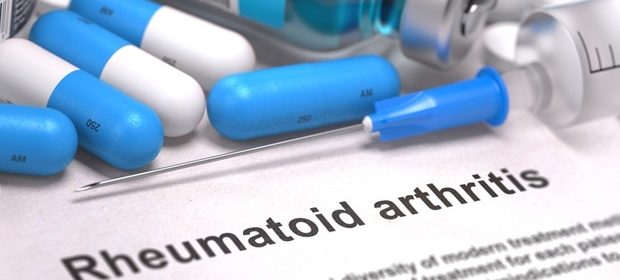Causes and Symptoms of Legg-Calvé-Perthes Disease

Legg-Calvé-Perthes disease (LCPD) is a childhood disorder affecting the hip joint where the pelvis meets the thigh bone. The condition is triggered by inadequate blood supply to the proximal femoral head, the ball-like portion of the hip joint, which causes bone death. The affected bone becomes brittle and takes time to heal.
LCPD is usually seen in children between the age of 4 and 10 years. The rare disorder affects boys more than girls. The condition can also occur post a hip injury. In most cases, the disorder affects only one hip, though both hips are affected in <10% of affected children, but not simultaneously.
Differential diagnoses for LCPD include pyogenic arthritis, osteomyelitis, transient synovitis, hemophilia, juvenile rheumatoid arthritis, and neoplasm.
Stages of LCPD
There are 4 stages of LCPD. They are as follows:
Phase 1 – Initial Phase
The femoral head of the affected hip joint becomes denser with possible bone fracture. This phase takes about 2 – 6 months.
Phase 2- Reabsorption Phase
This phase involves the fragmentation and reabsorption of the bone. This takes about a year or sometimes more
Phase 3 – Reossification Phase
Involves reossification of the new bone that has regrown
Phase 4 – Healing
This is when the new bone reshapes. Phases 3 and 4 can take years.
Symptoms of LCPD
Children affected by LCPD have disproportionate growth and are slightly shorter than normal children of the same age. Common symptoms include persistent hip, groin or knee pain; limited movement of the hip joint; and intermittent limping.
Hip pain seen in this condition is due to necrosis of the hip bone involved. The adjacent tissues and muscles may atrophy. Children having LCPD may have a peculiar gait called the Trendelenburg gait, which is a direct result of pain in the gluteus medius, a muscle that controls the hip level.
Children affected by LCPD have a higher risk of developing arthritis when they become old compared to children who don’t have LCPD. This applies more to cases in which the hip joint heals into an abnormal shape. Hip bones that do not fit into each other well can cause early wearing out of the joint.
Children diagnosed with LCPD after they turn 6 years have greater chances of developing hip problems in the future. The younger the child is at the time of diagnosis, the better the odds of the joint healing into a normal shape.
Causes of LCPD
LCPD is caused by lack of blood supply to the femoral head of the hip joint. This causes the bone to become weak and brittle and taking longer than normal to heal. However, the underlying cause of inadequate blood supply to the femoral head is not clear.
Some risk factors for LCPD include the following:
Age
LCPD is more common in children between 4 and 8 years of age, though it can affect children of all ages
Family History
Albeit rarely, LCPD can run in families
Sex
Boys are 5 times more likely to have LCPD than girls
Race
LCPD affects white and Asian children more than black children. Studies on LCPD have showed that the development of degenerative osteoarthritis later in life in LCPD-affected children is based on whether the bone regrows into a normal shape or not. If the ball develops into a round shape and fits well in to the socket, there is a lower chance of arthritis development in the future. In contrast, if the femoral head develops into an abnormal shape and fails to fit into the socket well, there is a greater likelihood of developing degenerative arthritis before the age of 50.
References
- http://emedicine.medscape.com/article/1248267-overview#a8
- http://www.mayoclinic.org/diseases-conditions/legg-calve-perthes-disease/basics/definition/con-20035572
- http://nonf.org/perthesbrochure/perthes-brochure.htm
Further Reading
- All Legg-Calve-Perthes Disease Content
- Legg-Calvé-Perthes Disease
- Diagnosis and Treatment of Legg-Calvé-Perthes Disease
Last Updated: Feb 26, 2019

Written by
Susha Cheriyedath
Susha has a Bachelor of Science (B.Sc.) degree in Chemistry and Master of Science (M.Sc) degree in Biochemistry from the University of Calicut, India. She always had a keen interest in medical and health science. As part of her masters degree, she specialized in Biochemistry, with an emphasis on Microbiology, Physiology, Biotechnology, and Nutrition. In her spare time, she loves to cook up a storm in the kitchen with her super-messy baking experiments.
Source: Read Full Article